In the world of archaeology, few discoveries are as thrilling as unearthing artifacts that offer a glimpse into ancient civilizations. Recently, a team of archaeologists in central China stumbled upon a remarkable find: a weapon that has been perfectly preserved for 2,400 years. This discovery not only illuminates aspects of ancient Chinese history but also highlights the intricate craftsmanship and cultural significance of weaponry from a bygone era.
Uncovering the Ancient Weapon

The archaeological team was engaged in exploring a network of underground tombs in central China when they encountered an intriguing object: an ancient, water-damaged casket. The team carefully pried open the casket, revealing a human skeleton and a sealed wooden box within. What lay inside that box turned out to be a truly extraordinary find.
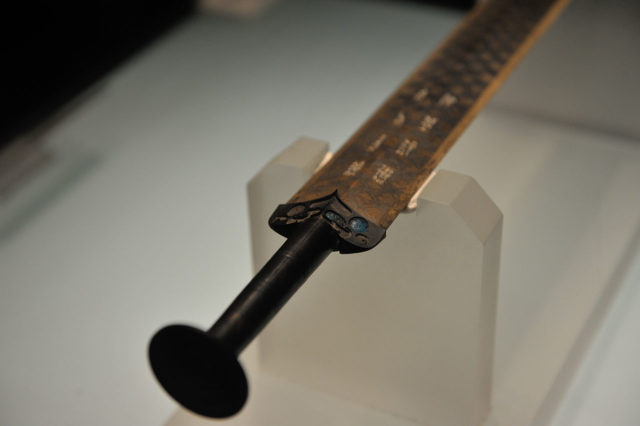
Upon opening the sealed box, the team discovered an exquisite weapon that had not been seen for approximately 2,400 years. This weapon, remarkably well-preserved, turned out to be a sword that once belonged to a significant historical figure. Such a discovery is exceptional, given that the sword has remained intact over two millennia, highlighting the advanced preservation techniques of ancient times.
The Significance of Ancient Weapons
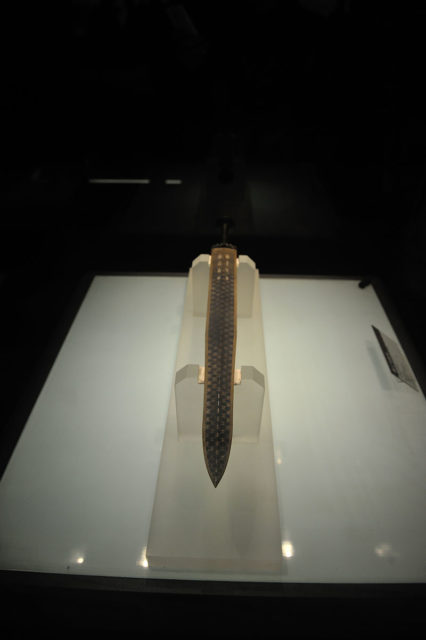
Weapons have long held symbolic and practical importance in human societies. Across various cultures, swords and other blades have represented power, chivalry, masculinity, and martial prowess. From the legendary Excalibur of King Arthur to the Greek fables of Perseus, weapons have been central to hero myths and cultural narratives throughout history.
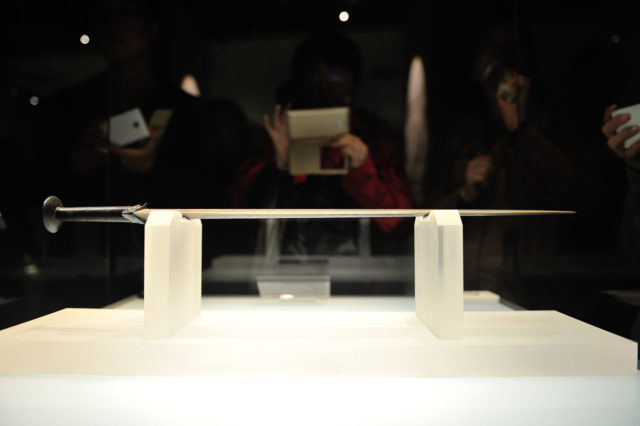
The sword discovered in China, known as the “Sword of Goujian,” is not only notable for its impeccable craftsmanship but also for its physical properties. Such discoveries offer historians a rare opportunity to delve into the ancient world and understand the artistry and functionality of historical weaponry.
Historical Context: Hubei Province
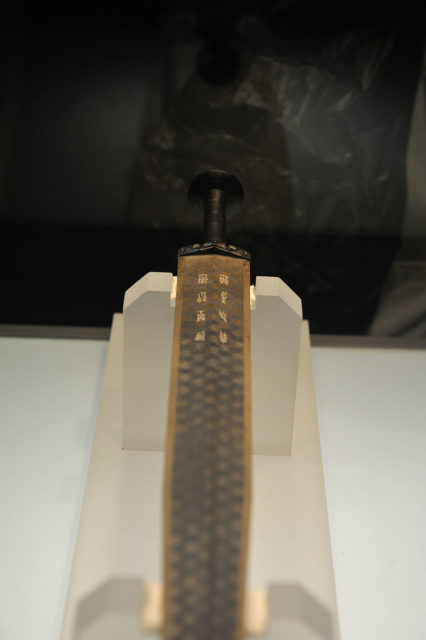
The sword was unearthed in Hubei Province, a region with a rich archaeological and historical background. The name “Hubei” translates to “north of the lake,” referencing the expansive Dongting Lake in neighboring Hunan Province. During the Neolithic period, the Hubei area was inhabited by early humans and is considered one of the birthplaces of Chinese civilization.
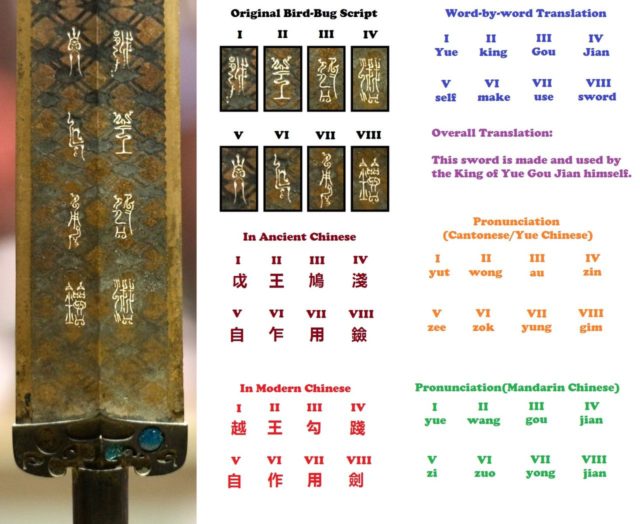
Geographically, Hubei Province is significant for its fertile alluvial plains, known as the Jianghan Plain, which is surrounded by the Jingdingshan, Dabie, and Wudang mountain ranges. The highest peak among these ranges climbs to over 10,000 feet, contributing to the region’s diverse and historic landscape.
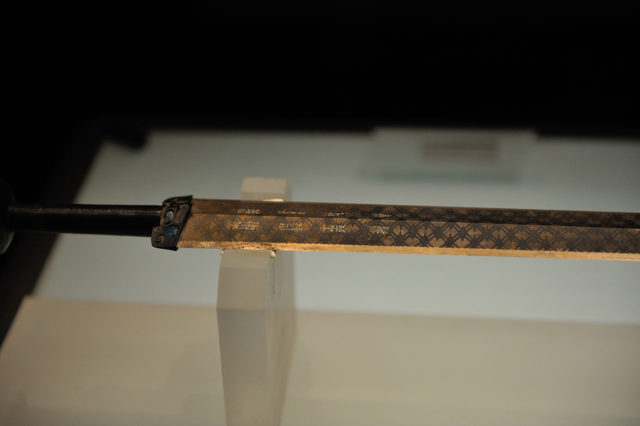
Conclusion
The discovery of the 2,400-year-old sword in Hubei Province is a testament to the enduring legacy of ancient Chinese craftsmanship and cultural heritage. This perfectly preserved weapon provides invaluable insights into the artistry and symbolism of historical weaponry. As archaeologists continue to explore and uncover the treasures of the past, each find enriches our understanding of ancient civilizations and their contributions to human history.



